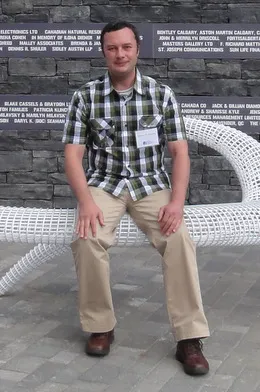Universal Multiple Access via Spatially Coupling Data Transmission
Dmitry Trukhachev
Dalhousie University, Nova Scotia, Canada
Abstract:
We consider a signaling format where information is transmitted over a channel using a superposition of independently modulated data streams. Each data stream is formed by replication and permutation of information bits encoded by an error-correction code. The relations between data bits and modulation symbols transmitted over the channel can be represented in form of a sparse graph. The modulated data streams may be transmitted by distinct terminals with time offsets enabling spatial coupling of the sparse modulation graphs in the channel. We prove that a two-stage demodulation/decoding method, in which iterative demodulation based on symbol estimation and interference cancellation is followed by parallel error correction decoding, achieves capacity on the additive white Gaussian noise (AWGN) channel asymptotically. Finally, we discuss an application of the technique to optimal reconstruction for a compressed sensing problem.
Biography:
Dmitry Trukhachev is Assistant Professor of the Department of Electrical and Computer Engineering at the Dalhousie University, Halifax, Nova Scotia, Canada. He obtained his BSc degree in mathematics (with distinction) from Saint Petersburg State Electrotechnical University in 1999 and PhD degree in electrical engineering from Lund University in 2004 under supervision of Professor Kamil Sh. Zigangirov. His research interests are in the areas of telecommunications, networks, information theory, and bioinformatics.
